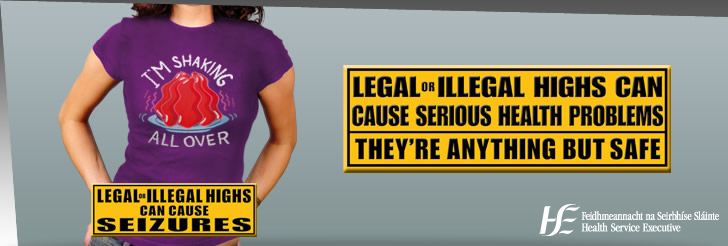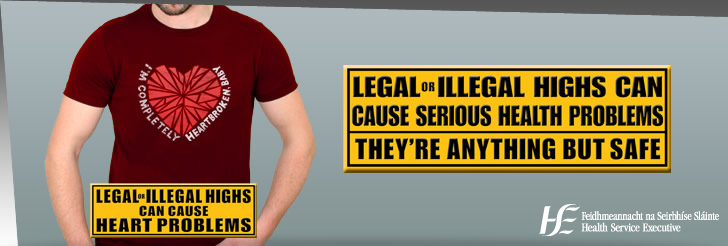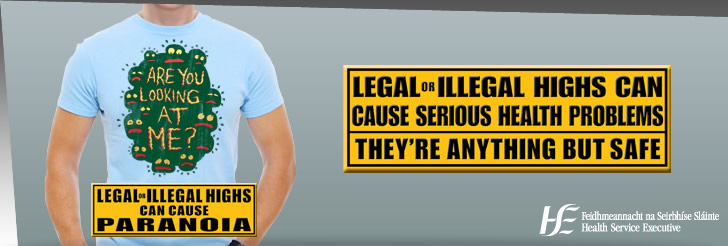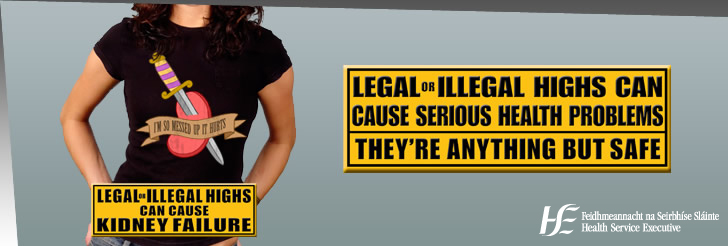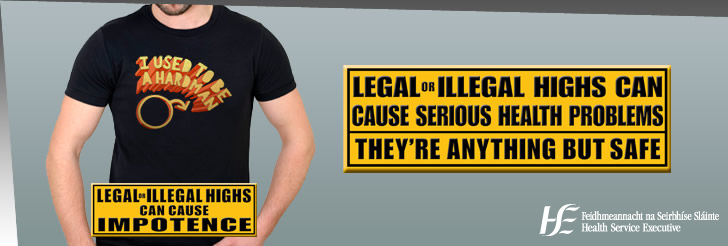New drugs detected in the EU at the rate of around one per week, say agencies
New drugs detected in the EU at the rate of around one per week, say agencies.
New drugs were detected in the European Union last year at the rate of around one per week, according to the EMCDDA–Europol 2011 annual report on new psychoactive substances released today (1). A total of 49 new psychoactive substances were officially notified for the first time in 2011 via the EU early-warning system (EWS) (2). This represents the largest number of substances ever reported in a single year, up from 41 substances reported in 2010 and 24 in 2009.
In 2011, the list of substances registered was dominated by two groups: synthetic cannabinoids (23 substances) and synthetic cathinones (8 substances)(Graph 1) (3). These now represent the two largest drug groups monitored by the EWS and, together, make up around two-thirds of the new drugs reported last year. All of the new compounds reported in 2011 were synthetic.
‘New drugs have become a global phenomenon which is developing at an unprecedented pace’, say the agencies. The improved capacities of national early-warning systems may have also contributed to the rising number of new drugs reported. Some of the newly identified substances were actively sought through test purchases of ‘legal high’ products from the Internet or from specialised shops (see Graph 2).
‘The speed at which new drugs appear on the market challenges established procedures for monitoring, responding to, and controlling the use of new psychoactive substances’, states the report. This in turn has generated greater interest in the phenomenon, as seen through increased national awareness-raising initiatives, new legislative formulations and studies and surveys on the prevalence of use.
Highlighted as significant in 2011 was the increasing number and diversity of synthetic cannabinoids (e.g. found in ‘Spice’-like products), of which five new chemical families were detected. (This brought the total number of synthetic cannabinoids reported since 2008 up to 45, the largest drug group now monitored through the EWS). Responding to health concerns, some countries have adopted ‘generic controls’ on chemical families as well as controls on individual substances (4).
Source: emcdda.europa.eu, 27/04/2012

